Amaryllis Care After Flowering: Learn About Post Bloom Care Of Amaryllis
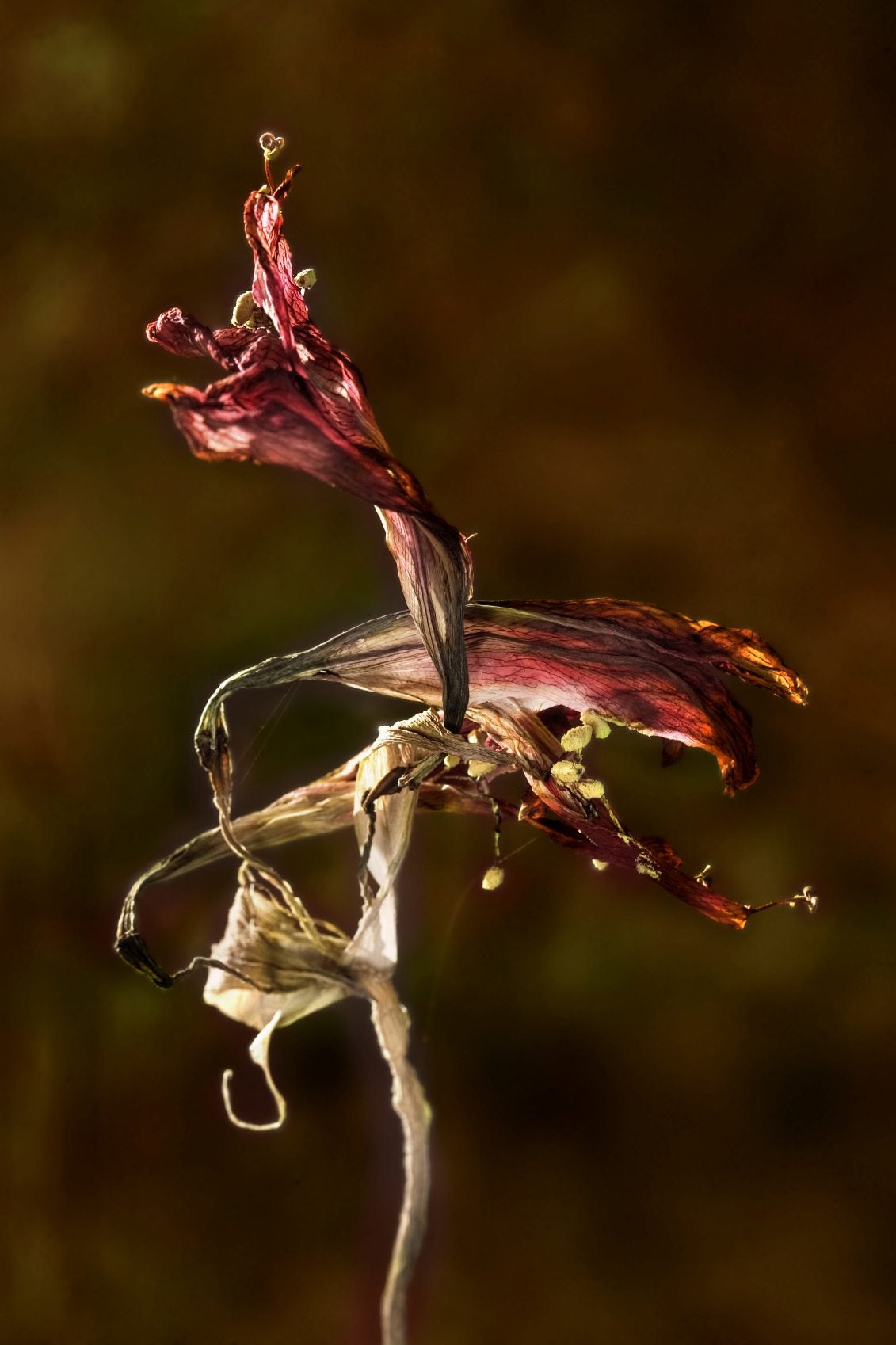

Amaryllis plants are popular gifts that are easy to grow and provide breathtaking flower displays. These South African natives grow fast, bloom for weeks, and leave behind huge, sword-shaped greenery. Once the amaryllis flowers are gone, the plant can still provide a tropical look for months. All that is needed is good post-bloom care of amaryllis and you can enjoy the plant while it stores energy for the next year's flowers.
About Amaryllis Flowers
Amaryllis bulbs are common around the winter holidays. The bold, nodding flowers on thick, erect stems bring a festive beauty to the home interior when skies are gray, and temperatures are chilly outside. Once the flowers fade, you are still left with a spectacular plant. Amaryllis care after blooming varies a little from regular bloom care, but it is important to provide a dormancy period for the bulb if you want additional flowers in the future. Amaryllis flowers may last for weeks but, eventually, all things come to pass. No matter, as you still have glossy, green leaves that are gathering the sun's energy to fuel another bloom. Since this is the plant's active growth period, it is important to continue to offer water, food, and sunlight. Cut off the old flower stem 1 to 2 inches (2.5-5 cm.) from the bulb. Keep the container in a sunny window where temperatures are around 65 to 70 degrees F. (18-21 C.). Water when the top surface of the soil feels dry. Caring for amaryllis plants after blooming requires fertilizing every two to three weeks with a water-soluble plant food. This keeps the strappy leaves happy and healthy so they can photosynthesize and gather plant carbohydrates.
Spring Post Bloom Care after Flowering
Once you get your plant through winter and sunny skies and warm temperatures have arrived, you can move the plant outdoors. Some shock will occur if you don't slowly adjust the plant to the outside conditions. Gradually leave it outside longer and longer over the course of a week. Continue to water and feed the amaryllis just as you did inside. With direct sun exposure it may need more water than it did indoors, so check the soil frequently. In July, suspend fertilizing to get the plant ready for its dormant period. This prevents new leaves from forming, which will just tax the bulb when it should be saving energy.
Dormancy and Amaryllis Care after Flowering
Most bulbs require a dormant period to bloom. Dormancy occurs as a natural response to cooler temperatures. In the case of amaryllis, the temperatures should be 50 degrees F. (10 C.) for eight to ten weeks to promote reblooming. To force dormancy, you first need to decide when you want the plant to bloom. For a December bloom, get the plant ready by stopping all watering in September. This will gradually cause leaves to wilt and die back. Additionally, move the plant to a dimly lit location. Once the leaves are brown, cut them off, dig up the bulb, and wash and trim the roots a little bit. Then store the bulb on its side in a cool, dry, dark area. The minimum storage time is eight weeks to ensure blooms. As you can see, caring for amaryllis plants after blooming is easy but crucial to the next year’s bodacious blooms.
Gardening tips, videos, info and more delivered right to your inbox!
Sign up for the Gardening Know How newsletter today and receive a free copy of our e-book "How to Grow Delicious Tomatoes".

Bonnie Grant is a professional landscaper with a Certification in Urban Gardening. She has been gardening and writing for 15 years. A former professional chef, she has a passion for edible landscaping.
-
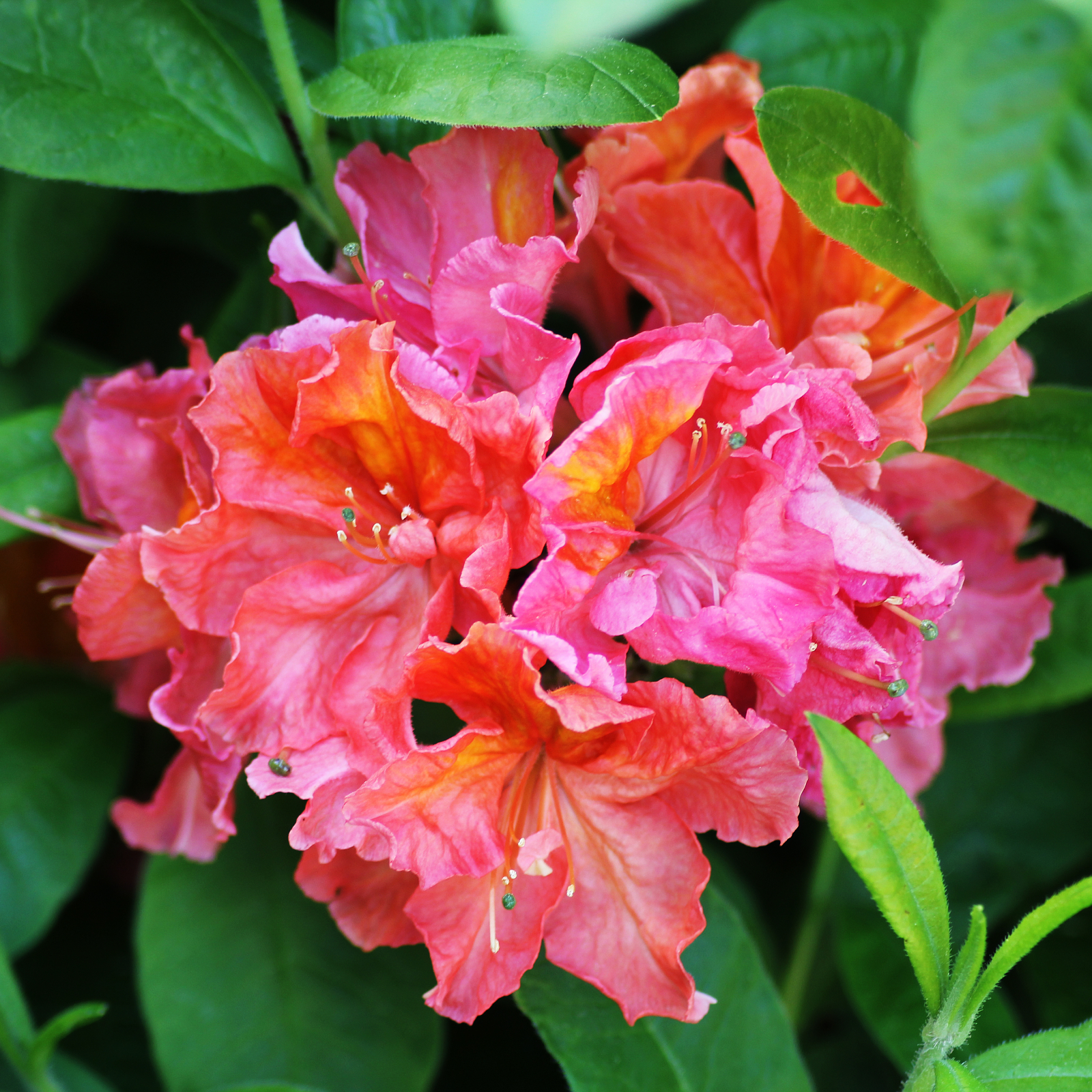 8 Noteworthy Native Azaleas Every Gardener Should Know – And Grow!
8 Noteworthy Native Azaleas Every Gardener Should Know – And Grow!Native azaleas offer brilliant blooms in a range of colors and sizes. Here are a few favorites to get inspired and start working on a native shade garden!
-
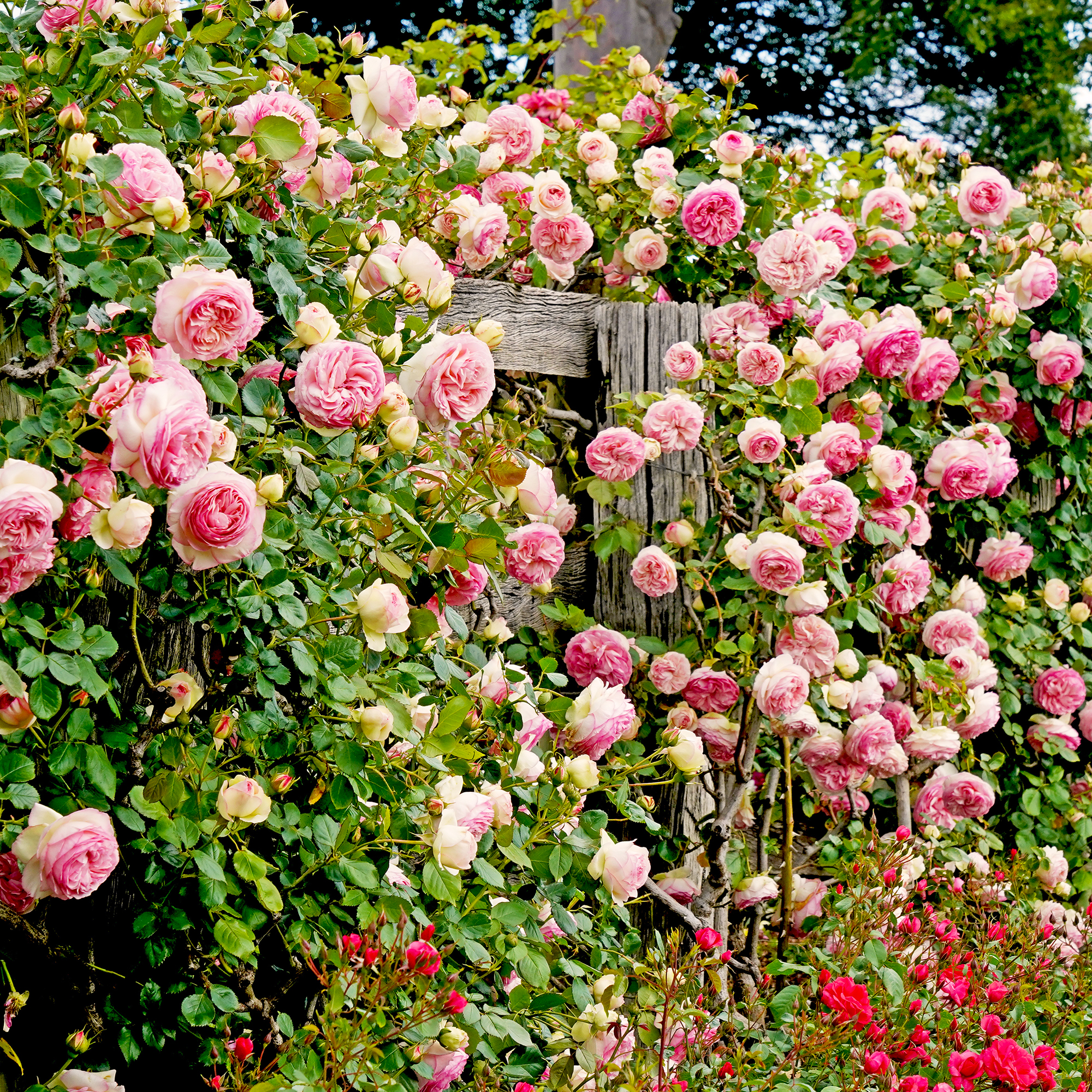 Growing Climbing Roses: How To Create Elegant Displays With Maximum Blooms
Growing Climbing Roses: How To Create Elegant Displays With Maximum BloomsMaster the art of growing stunning climbing roses with this essential guide to creating vibrant, fragrant walls and structures all summer long.
-
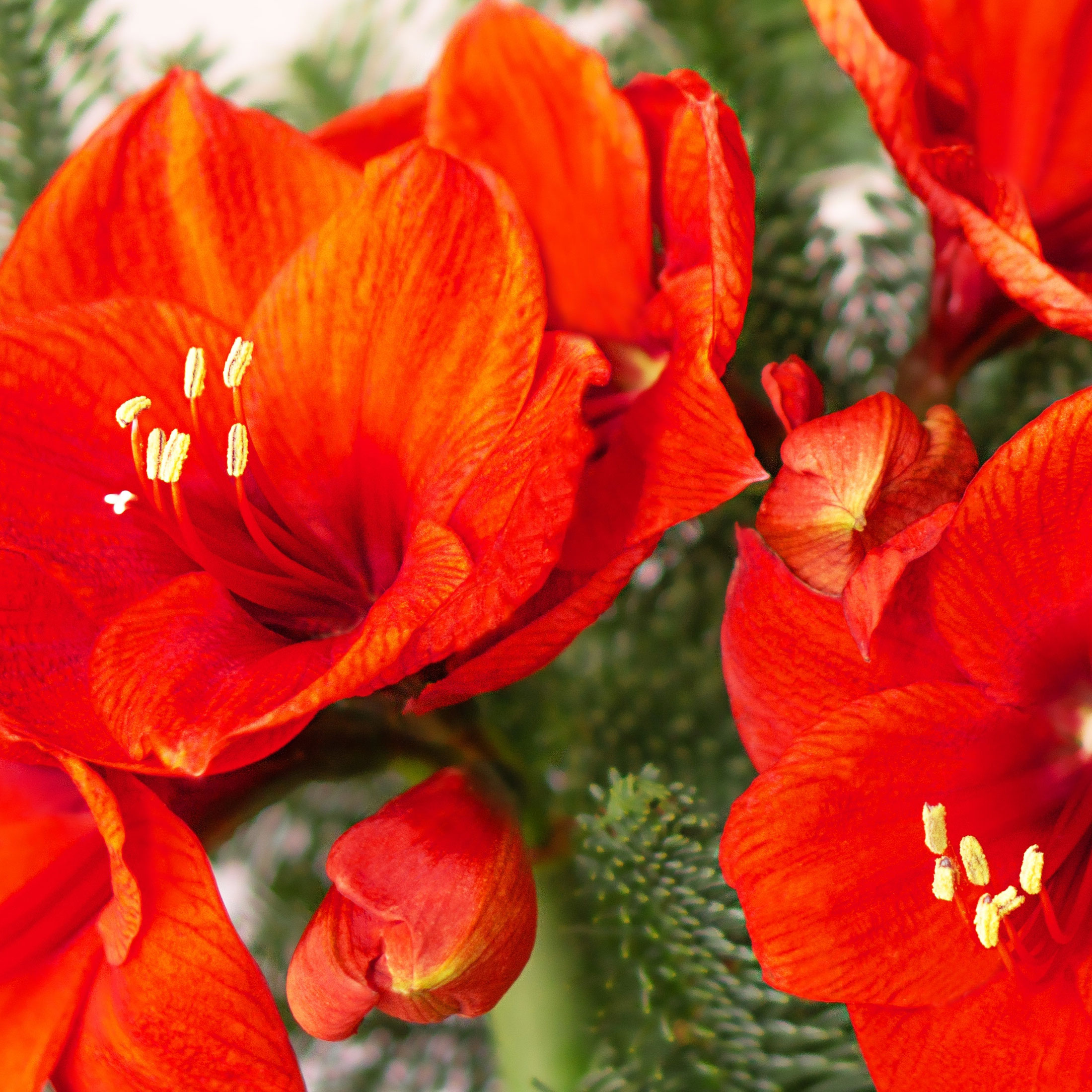 Warm Up Your Winter With Indoor Reds! 8 Red Amaryllis Varieties For Sizzling Seasonal Interest
Warm Up Your Winter With Indoor Reds! 8 Red Amaryllis Varieties For Sizzling Seasonal InterestWell loved as a bold decorative holiday bloomer, the red amaryllis is a hot favorite for winter displays. These red amaryllis varieties are guaranteed to fire up the season
-
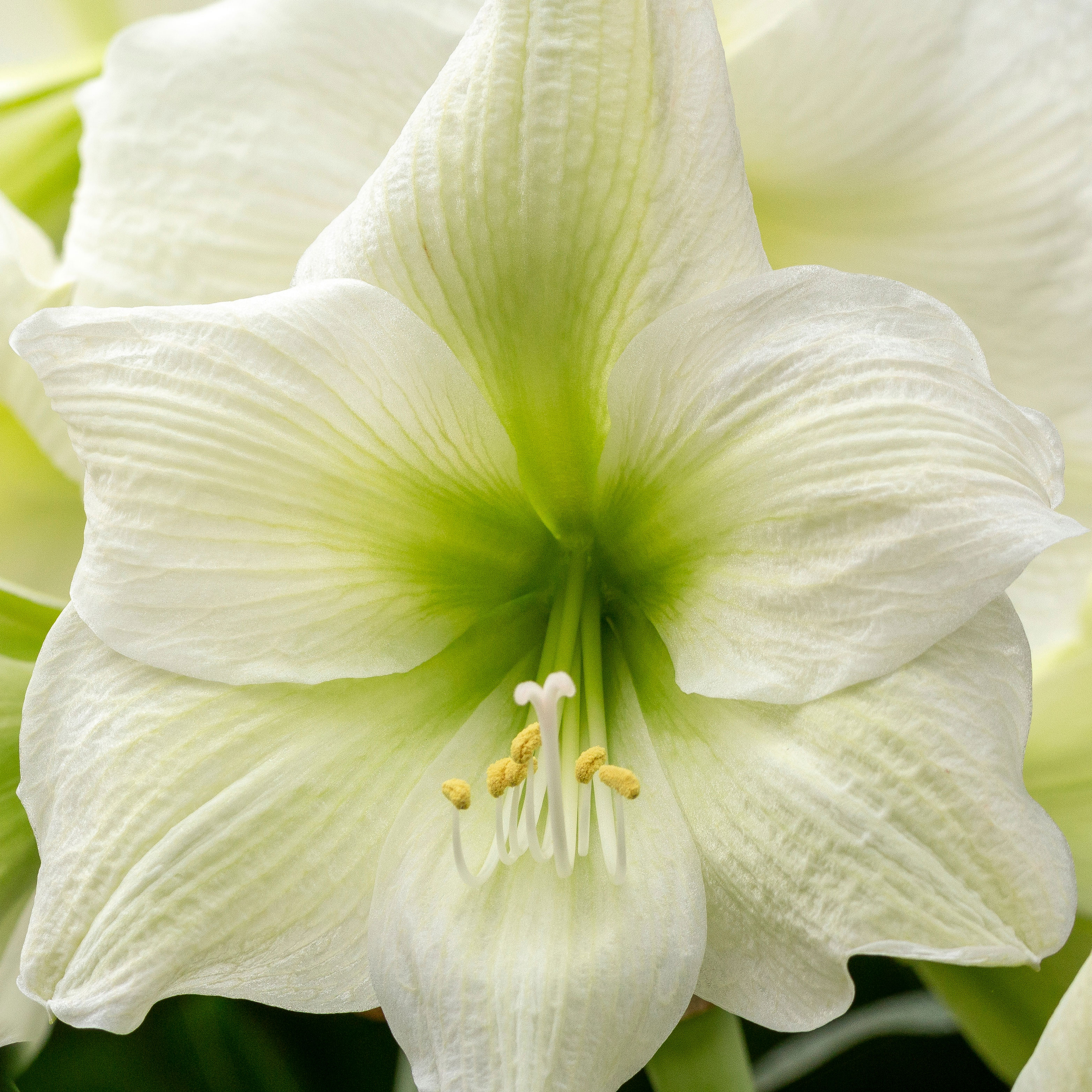 Want Amaryllis But Not Red? Try These 8 White Amaryllis Varieties For The Ultimate Elegance
Want Amaryllis But Not Red? Try These 8 White Amaryllis Varieties For The Ultimate EleganceYou’re probably familiar with the crisp red blooms of the traditional amaryllis – but if you feel like something more unusual and elegant, why not try white amaryllis?
-
 Up Your Amaryllis Game! 6 Of The Best Giant Amaryllis Varieties
Up Your Amaryllis Game! 6 Of The Best Giant Amaryllis VarietiesFor a dramatic holiday flower, consider a giant amaryllis. They're easy to grow and, the bigger the bulb, the more magnificent flowers it will produce.
-
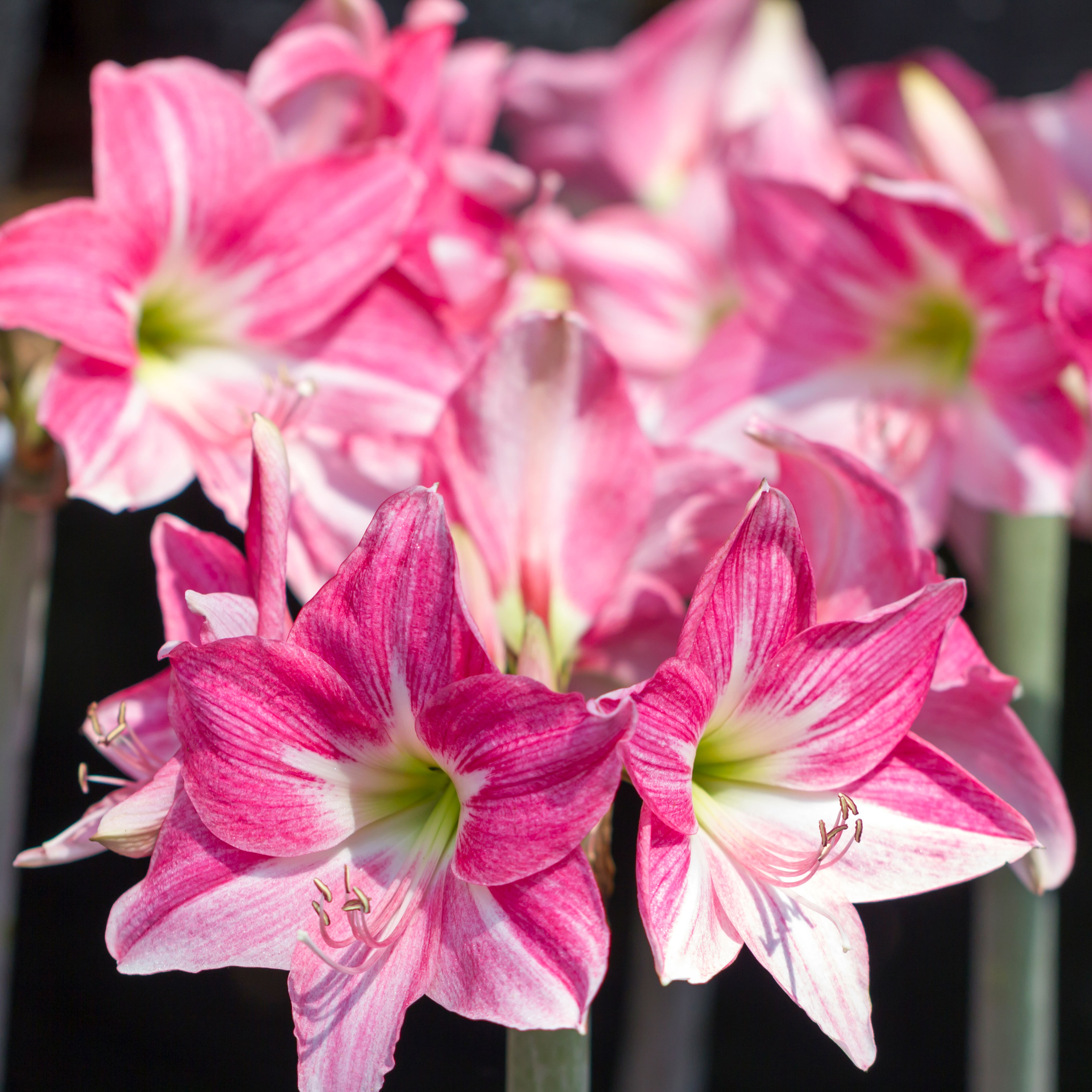 Try These 8 Pink Amaryllis Varieties That Look Stunning Indoors And Out
Try These 8 Pink Amaryllis Varieties That Look Stunning Indoors And OutWhile not quite as prevalent as the traditional red flowering type, the pink amaryllis is a beautiful addition to the home – and here are eight of the best
-
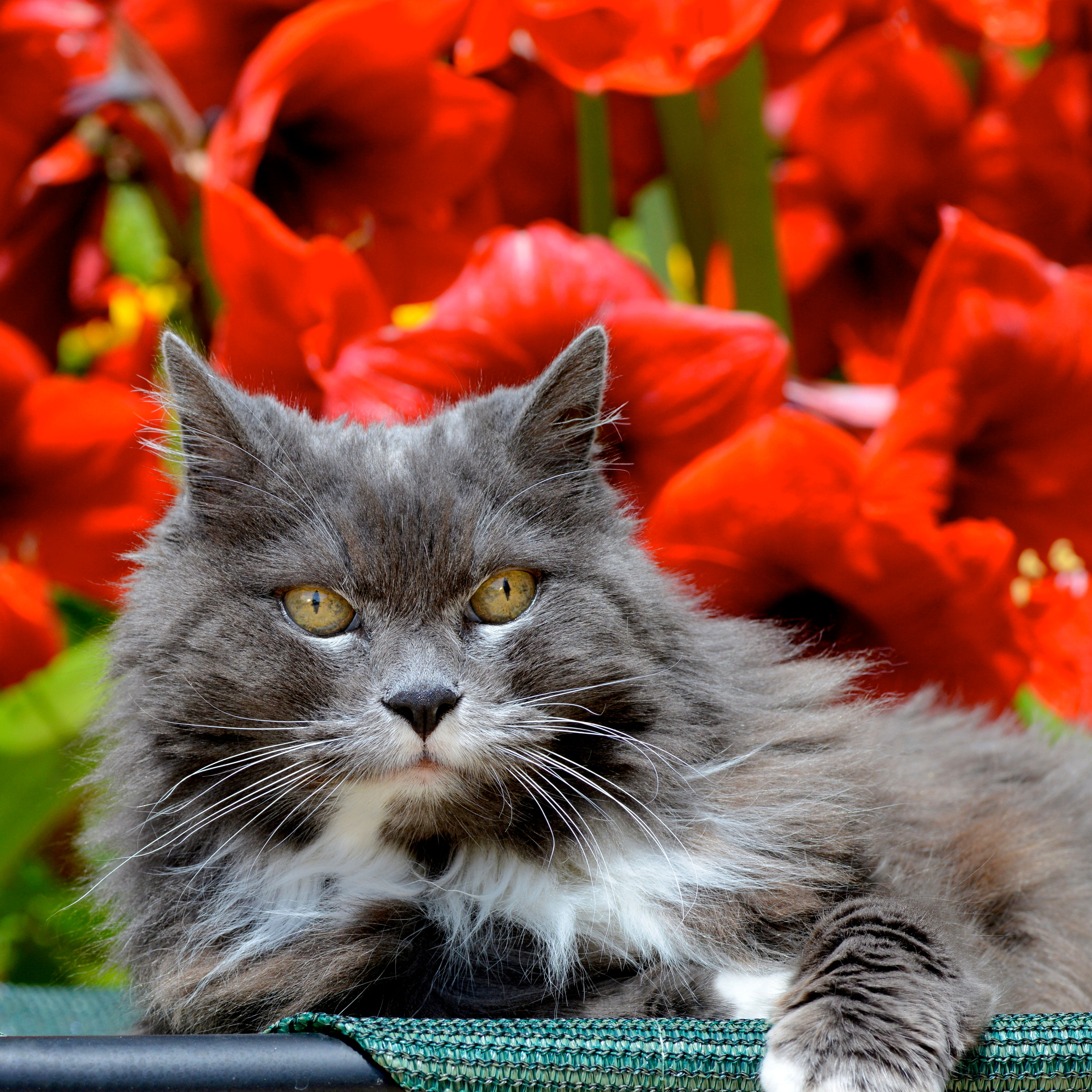 Are Amaryllis Plants Poisonous To Cats? How You Can Tell – And What To Grow Instead
Are Amaryllis Plants Poisonous To Cats? How You Can Tell – And What To Grow InsteadThe holiday season is a perfect time to showcase your favorite Christmas blooms, but are amaryllis plants poisonous to cats? Here’s how to keep felines safe and well
-
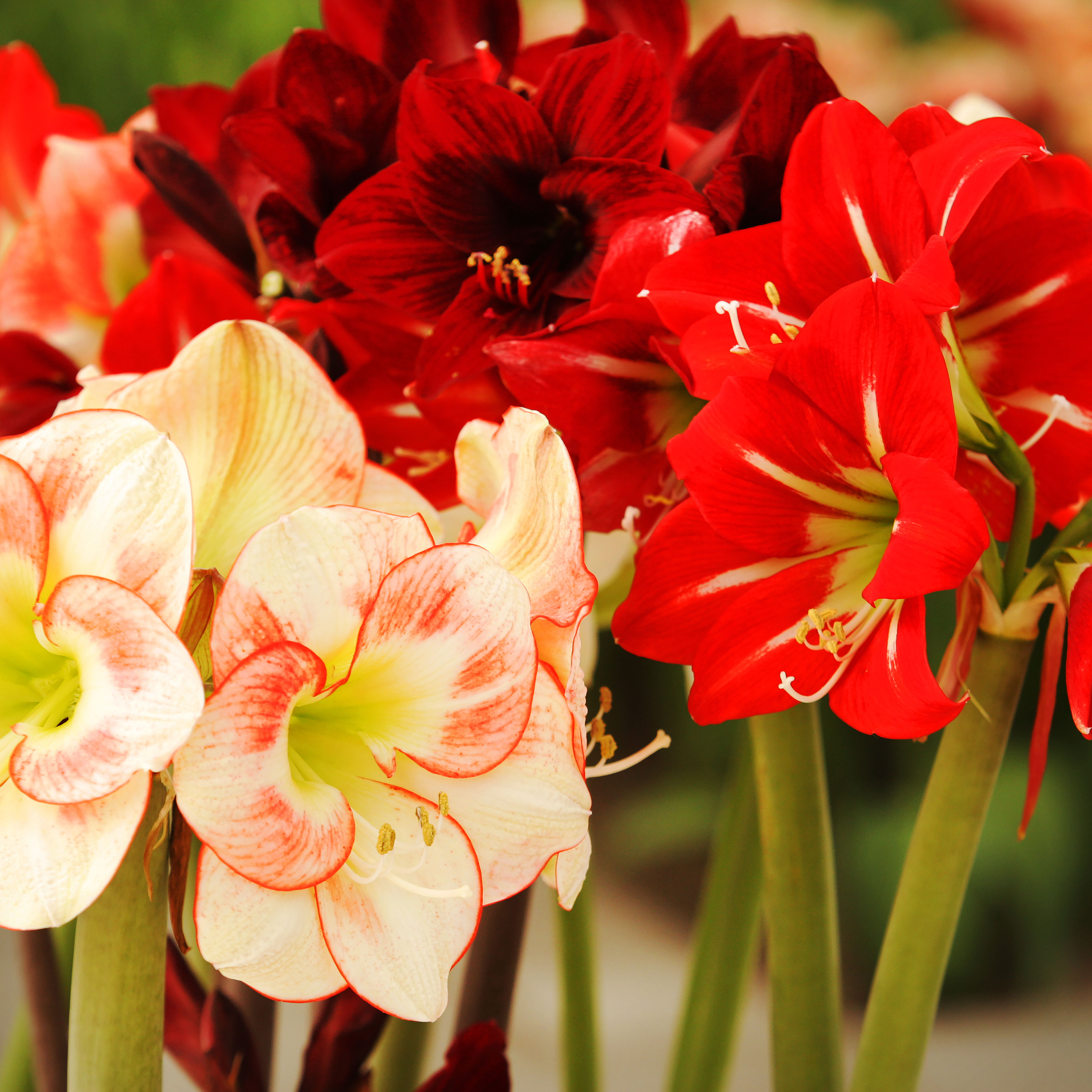 Fancy Christmas Flowers Other Than Poinsettias? Try These 6 Joyful Blooming Alternatives
Fancy Christmas Flowers Other Than Poinsettias? Try These 6 Joyful Blooming AlternativesThe holiday season seems synonymous with poinsettia plants, but if you’re keen to broaden your festive floral horizons, why not try these cheerful holiday bloomers?
-
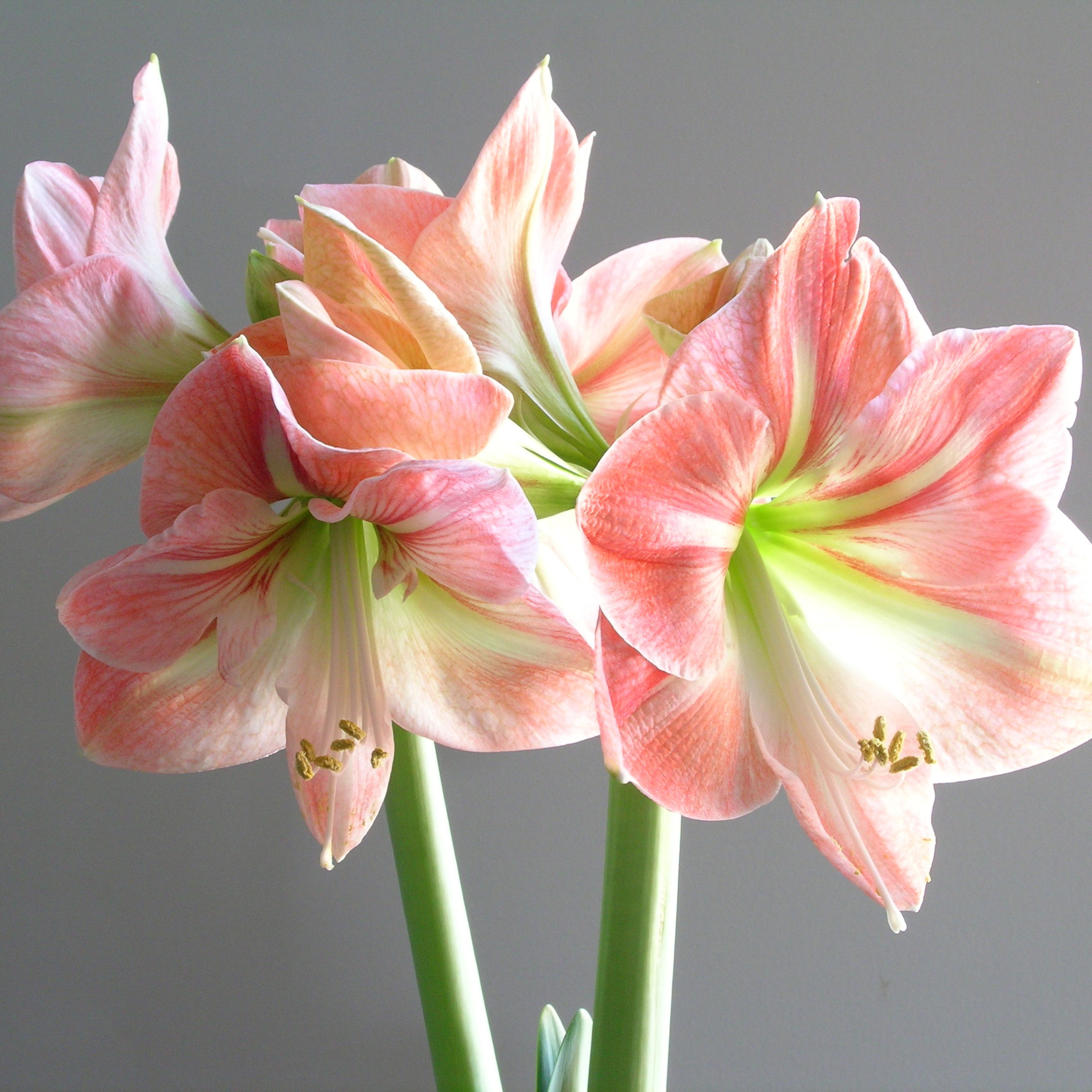 Elegant Exotics: 8 Beautiful Amaryllis Varieties That Will Brighten Any Holiday Display
Elegant Exotics: 8 Beautiful Amaryllis Varieties That Will Brighten Any Holiday DisplayWhether red, pink, white or variegated, the right amaryllis varieties can enhance any living space, especially during the holidays. We round up eight of the most exquisite
-
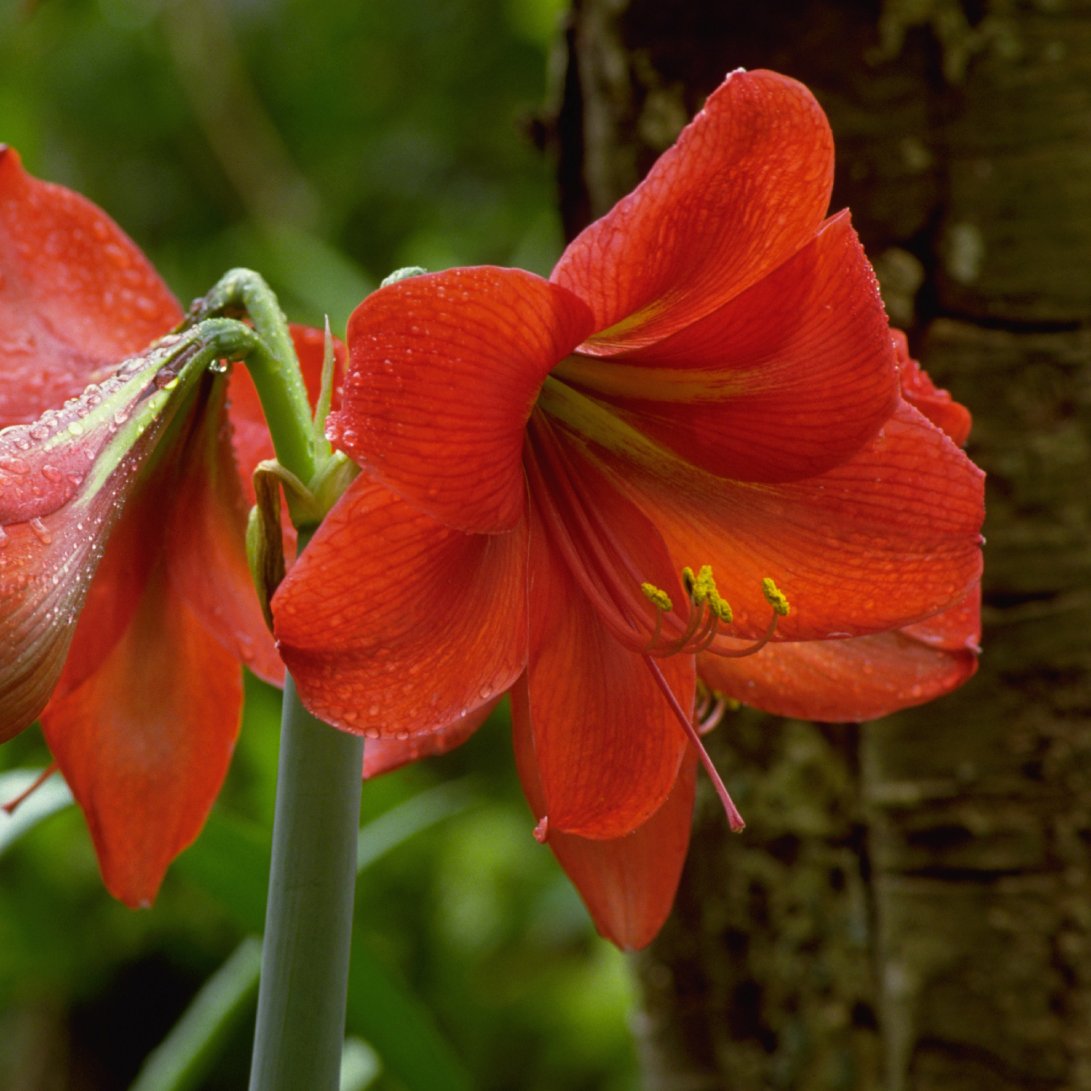 Amaryllis Southern Blight Disease: Recognizing Amaryllis Southern Blight Symptoms
Amaryllis Southern Blight Disease: Recognizing Amaryllis Southern Blight Symptoms